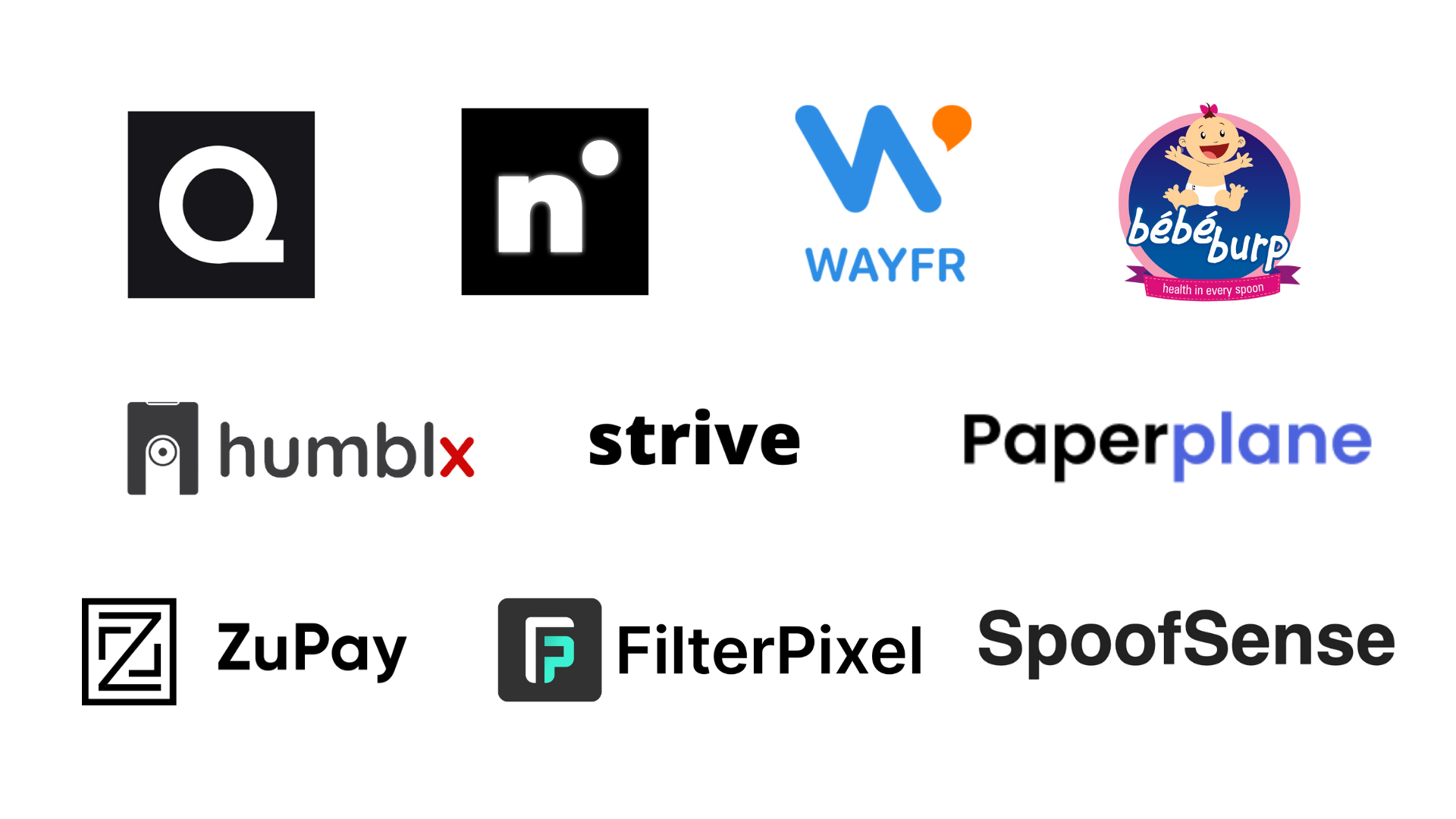What it takes to sell a house in the Digital Era
The classifieds model has got us far in the business and has helped establish deep ties between buyer and seller, but it is now time to expand beyond simple listing and leads.

From purely pursuing the offline model to now exploring the online one, businesses are making the shift, following a definite pattern. First, they move from traditional mediums to digital content. Then, they start making money using the online platform. And, finally, they get closer to processing transaction in the real world. (See the three phases below) People are buying and selling cars using online platforms; they are choosing their life partners online; property is no exception either.
In major world markets, real estate advisory companies have been able to do a great job as a classified platform and help buyers and sellers connect with each other seamlessly. But, the real journey starts after a contact between the seller and the buyer is established. We all know the real job takes place offline --- meetings, site visits, home-loan processing, paperwork etc. This “realistic” nature of the work has the potential to make online platforms look irrelevant during a large part of the home-buying journey. As a result of this, the journey of online platforms and their revenue-earning capability is limited. Little wonder that most of such platforms, even of developed markets, are witnessing a declining revenue growth. The figures below prove the same.

Now, what are the options available to platforms that want to further grow their revenues?
The first option is to earn more revenue, using deeper monetisation in the classified space – this option is mostly exercised by the players who are leaders in their regions. The other choice is to expand the relevance of the platform from simple classified to an end-to-end marketplace.
Exercising the first option will definitely help you in the short term, but any overdoing of this option will help other players in your region grow too. For customers, the ROI will be better.
The other important factor worth considering is the fact that global platforms such as Facebook and Google are becoming more and more efficient in generating cost-effective leads.
They have a clear advantage of having a better understanding of the traffic as they deal with various touch points with the consumers. Facebook is already providing behavioural targeting options such as people who are likely to move to a new house. (See below diagram)

It is quite challenging to compete with these giants as they harness so much of data about individual behaviour, and their audience filtering will always be more sophisticated.
Even from a supplier’s and home seeker’s point of view, there has been a concern about the lead quality. Unfortunately, not many classified platforms have been able to address the issue as they have their boundaries. After providing the lead, the platforms do not have much knowledge or insight about the buyer or the seller or their respective behaviour. Without this knowledge, it is difficult to address the issue of lead quality at a system level. While some have built reactive mechanisms to address once an issue is reported, other platforms have accepted this problem as a necessary evil that they have to live with. From a home-seeker point of view, as well, the real recommendation of sellers or properties can only be served by the platform if the platform has insights beyond the leads.
Even after such clear benefits, the movement beyond leads has been slow, and, I feel that there are two main reasons for it:
- As we are talking about a capital-intensive sector, it is quite difficult to make real estate pure online play.
- Due to the current revenue comfort, traditional big players are finding it difficult to go beyond lead generation. Also, they have not faced big threats from others in the ecosystem.
However, disruptions have already started happening in multiple forms in different regions. Brands such as opendoor.com and Zillow have come up with models that are changing the way homes are bought and sold. Once such disruptions become a norm than just an exception, real-estate businesses will have to form long-term winning strategies.
So, in my opinion, the classifieds model has got us far in the business and has helped establish deep ties between buyer and seller, but it is now time to expand beyond simple listing and leads.
The only way to compete with the search and social giants is to go deeper in the vertical and build a niche. The business will need to get closer to the transaction and see the customer through until the end of their home buying journey.
(Disclaimer: The views and opinions expressed in this article are those of the author and do not necessarily reflect the views of YourStory.)











